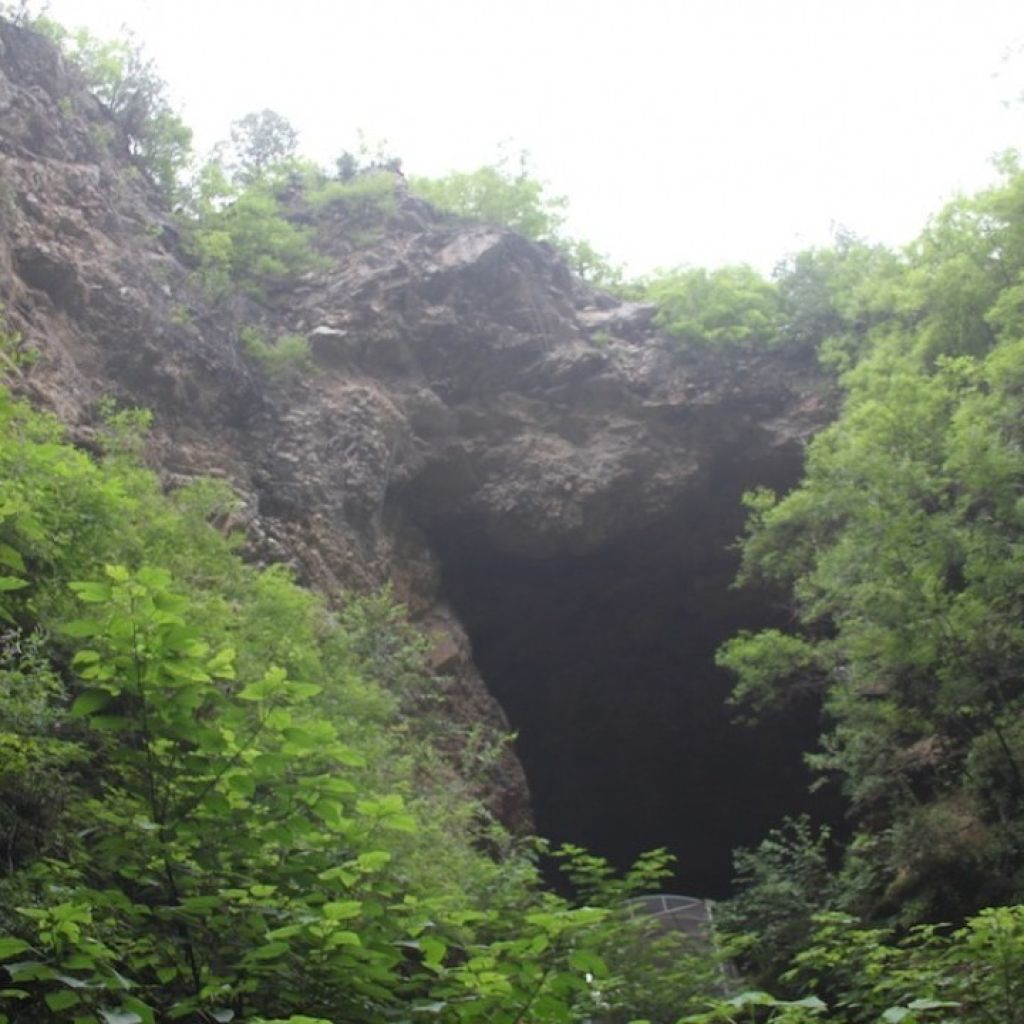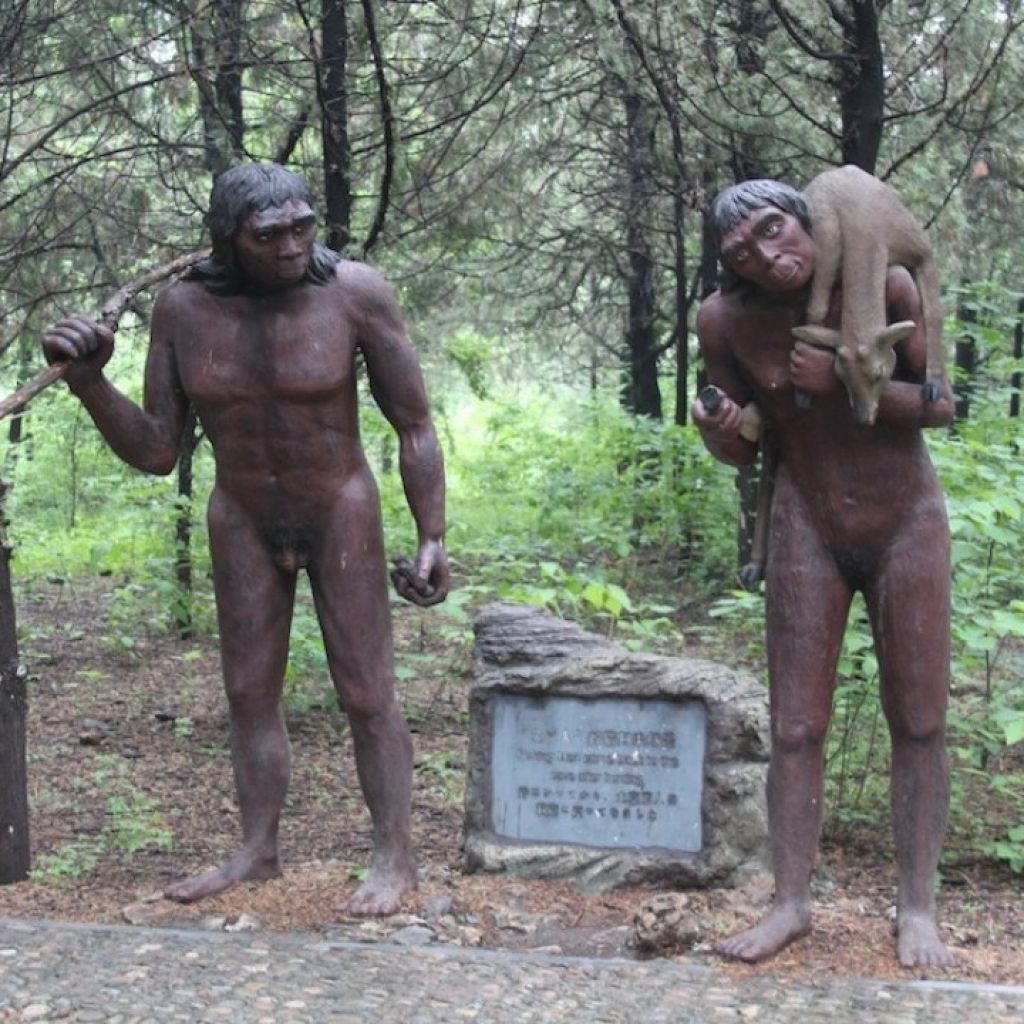Zhoukoudian: The Cradle of Humankind’s ‘sister’ site

Visitors to Maropeng will know that the Cradle of Humankind is one of many World Heritage Sites across the globe.
One area near Beijing, China, might be considered a “sister” World Heritage Site to the Cradle because, like its African counterpart, it too consists of a series of caves and has yielded some world-famous fossils.
Zhoukoudian – the home of the Peking Man fossils – has an interesting history of its own, and has revealed a great deal about human evolution. The first Peking Man fossils were uncovered in the 1920s and included mandibles, partial craniums and some skeletal bones. The fossils were hailed as evidence of primitive humans.
Unlike nicknames such as Mrs Ples and Little Foot (given to individual fossil finds discovered in the Cradle), Peking Man refers to an entire subspecies of hominid called Homo erectus pekinensis. However, you might be more familiar with the species name, Homo erectus.
The most prominent features of Homo erectus were its low, angular braincase with massive brow ridges, and large brain of up to 1250 cc, which comes close to modern human brain sizes.
One might wonder why the Asian site of Zhoukoudian is of such importance. Didn’t humans evolve in Africa? The answer is yes, but the story is not quite as simple as that.

Early humans such as Homo ergaster evolved in Africa but then, over hundreds of thousands of years, migrated out of the continent into Asia and what is now the Middle East. Many palaeoanthropologists believe that Homo ergaster was essentially the same species as Homo erectus.
Homo erectus lived from roughly 2-million to 250 000 years ago, and although it belonged to the same genus as us (we are Homo sapiens, after all), it was not nearly as advanced. That said, it is widely accepted that Homo erectus had learnt to control fire. Stone tools have been found at Zhoukoudian.
During World War II, the Peking Man fossils were tragically lost, and only casts of the fossils remain today. In 1941, the fossils were sent by ship to the United States for safe-keeping. Not long after departure, they vanished without trace – a great loss for the world of palaeoanthropology, and a mystery to all.
Recently, Professor Lee Berger of the University of the Witwatersrand announced his intention to find the fossils.
Between these two great World Heritage Sites – the Cradle of Humankind and Zhoukoudian – a significant part of the pathway to humanity can be explored and uncovered. Of course, there are also many other important World Heritage Sites that mark the story of hominids, including Olduvai Gorge in Tanzania and the Omo Valley in Ethiopia. Each site tells its own story – if you’re willing to pay attention.
Find out more by watching the video below.